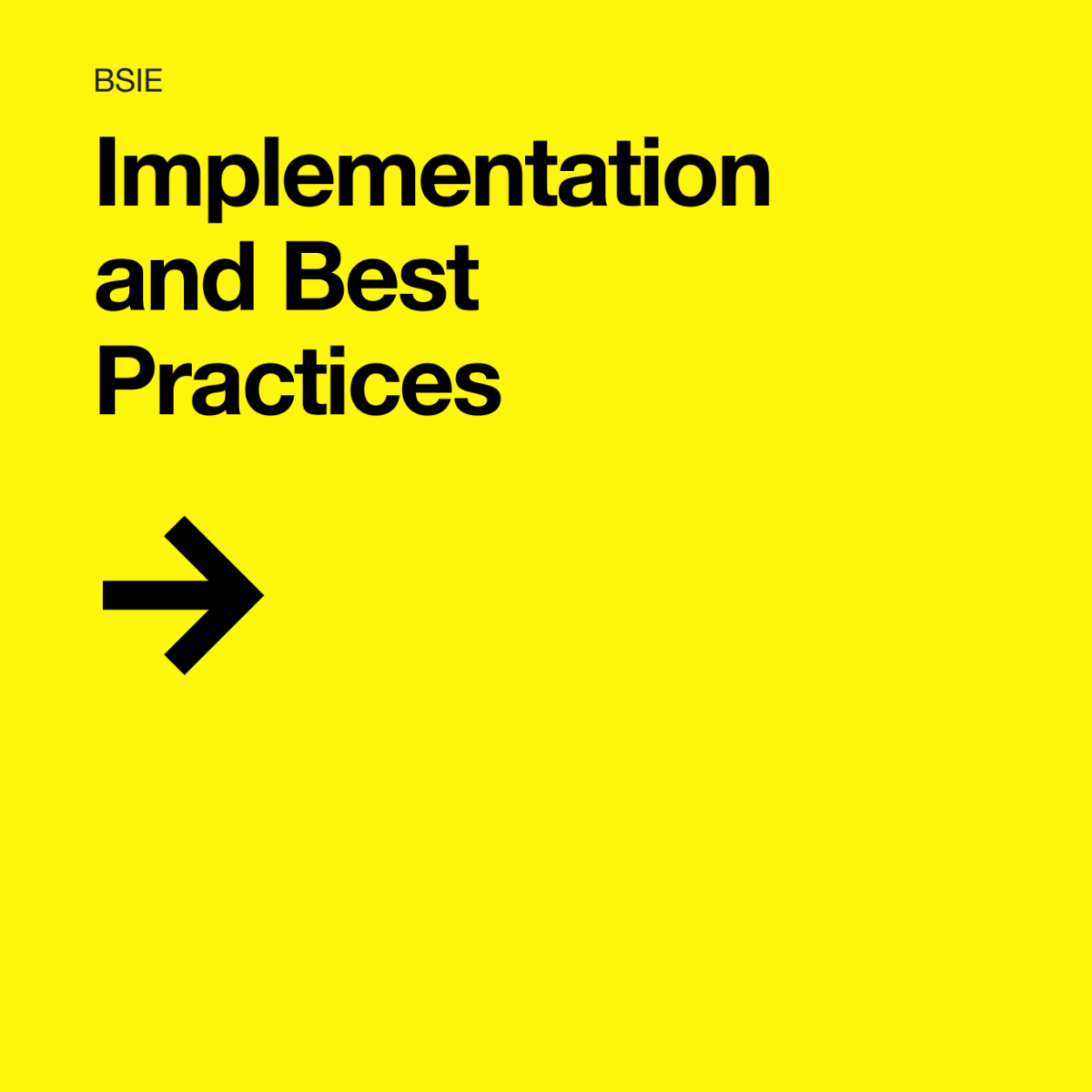Unlocking the Power of Buy-Sell Insurance Entities (BSIE)
A tax-efficient way to manage policies that fund buy-sell agreements
by Eric Eklund, Esq.
Unlocking the Power of Buy-Sell Insurance Entities (BSIE)

by Eric Eklund, Esq.

Read the Official Court Ruling
Buy-Sell Insurance Entities, otherwise known as BSIEs, are a streamlined and tax-efficient way for business owners to manage life insurance policies that fund buy-sell agreements and are often established as LLCs. This structure offers a few key advantages — namely, centralized management, the aforementioned tax efficiency, and the creditor protection that comes from an LLC.
The Buy-Sell Insurance Entity (BSIE), also referred to as a special purpose buy-sell LLC, is an innovative legal and financial structure designed to address complex business succession, estate planning, and tax issues arising from traditional buy-sell agreements. A BSIE offers a more streamlined and tax-efficient method for managing life insurance policies to fund buy-sell agreements among business owners. The first LLC statute was established in Wyoming in 1977. This new business structure combined the limited liability features of a corporation with the tax efficiencies and operational flexibility of a partnership. Rev. Rul. 88-76 clarified that LLCs formed under Wyoming’s statute would be taxed as partnerships for federal tax purposes, provided none of the members are personally liable for the LLC’s debts.
Cross-Purchase Agreements
Redemption Agreements
Trusteed Cross-Purchase Agreements
Traditional methods often lead to administrative burdens and potential tax issues, such as loss of basis step-up for surviving owners and exposure to business creditors. The 2024 Connelly decision has frustrated redemption planning by creating uncertainty in valuing a redemption obligation.


A BSIE is a separate legal entity, usually a limited liability company (LLC), that owns life insurance policies on the business owners’ lives to fund a buy-sell agreement. Key benefits include:
Centralized Ownership and Management
Tax Efficiency
Reduced Policy Needs
Creditor Protection

Under IRC §1012, surviving owners receive an increase in basis in their business interests equal to the purchase price of the deceased owner’s interest. This may reduce potential capital gains tax upon a future business sale. Under IRC §1014, the decedent’s estate will receive a basis adjustment in the value of the shares.
Life insurance proceeds distributed to members are income tax-free, ensuring tax efficiency. IRC §101(a) provides that life insurance death benefits are generally excluded from gross income.
The BSIE structure can avoid transfer-for-value problems arising from problematic redemption agreements or traditional trusteed cross-purchase agreements. IRC §101(a)(2) outlines the transfer-for-value rule and provides exceptions for transfers to the insured, a partner of the insured, a partnership in which the insured is a partner, or a corporation in which the insured is an officer or shareholder.
Using a BSIE can help address estate tax issues by preventing business owners from having incidents of ownership in the policies, thus avoiding the inclusion of death benefits in their estates. This mitigates the concerns posed by IRC §2042, which includes life insurance proceeds in the gross estate if the decedent had incidents of ownership at the time of death.

Ensure compliance with state LLC laws, including a clear statement of business purpose related to the buy-sell agreement.
Typically structured as an independent manager-managed LLC to prevent insured members from having incidents of ownership.
Should set out in detail premium payment methods, management roles, and the allocation of death benefits to ensure clarity and compliance with tax laws.
Three primary methods for allocating premium payments among BSIE members include:
Mimic traditional cross-purchase methods but can be more burdensome for older or less healthy members.
Allocates premiums based on ownership percentages, balancing tax burdens among members.
Treats premiums as being paid by the insured, easing tax burdens for younger, healthier members.
Upon the death of a member, the valuation should consider the capital account and possibly exclude the life insurance death benefit to avoid overvaluation.
The BSIE should allow for the distribution of life insurance policies to individual members upon business exit, avoiding tax consequences and ensuring continued coverage.

For more information contact your Ridgeback firm or reach out directly to The Ridgeback Group Advanced Concepts team:
